Are you an Audi owner? Have you ever been surprised or concerned by the sudden arousal of the check engine light? This light isn’t only a warning signal, it’s your vehicle’s communication with you.
I spent several years of my life under various hoods and dealing with check issues, so I understand the importance of this light in the vehicle.
It acts like a companion that warns you about an existing problem to take proper action for it. This tiny check light is turned on for both mechanical and electrical issues.
You should be attentive to this to maintain your Audi in its top-notch condition and also enhance its longevity and efficiency.
Despite several root causes of the check light, two main factors are the main causes. The first one is the seemingly simple reason for a loose gas cap.
You can’t assume how this minor component can disrupt the balance of the fuel system. The second reason is the failing oxygen sensor.
This sensor measures the amount of air that enters the engine and balances the proper fuel amount with it. In case of failure, it compromises the fuel efficiency and increases exhaust emissions.
Today, we’re here to provide you with common causes of a triggered check engine light and their repair approaches.
This helps you to both maintain your vehicle in a proper condition and understand your vehicle’s requirements. Stay tuned to use my real-life gained knowledge about the automotive industry.
You might also enjoy: Volkswagen Check Engine Light: 8 Causes + Fixes [2024]
Decoding the Mystery of Your Audi’s Check Engine Light
There’s no doubt that detecting the main cause of the check engine light is a demanding and tricky task. However, you can deal with this orange warning light if you understand your Audi’s language. I’m going to provide you with my gained knowledge about the Audi and its issues.
The check engine light is an attention-taking signal to incite you to proper action. It’s indicating that there’s something wrong under your vehicle’s hood and you should address it before it escalates to a severe problem.
The check engine light illumination can be due to many reasons ranging from a simple loose or worn out gas cap to a serious problem like oxygen sensor failure.
Both these components are crucial parts of the emission control system. It isn’t wise to ignore the warning signal as it results in compromised performance, poor fuel efficiency, and larger problems in the future.
No matter if you’re a seasoned car specialist or a regular enthusiast, it’s necessary to provide yourself with an OBD2 scanner. You can connect this onboard diagnostic system to your vehicle and see the error codes that refer to the main problem.
The key to maintaining your vehicle’s optimal performance is to be attentive to the check engine light and consider it as a reliable friend who wants to help you prevent your on-road headaches and issues. As a result, you can enjoy driving your Audi with a peaceful mind and confidence.
Common Causes of the Audi Check Engine Light
I’ve faced lots of challenges and real-life check engine light cases and now it’s time to share my deep automotive knowledge with you. Let’s see what can that orange warning light tell us about our reliable and beloved Audi.
-
Loose Gas Cap
A loose gas cap affects the vehicle’s performance a lot as it causes the air to enter into the fuel system. It doesn’t have specific signs and symptoms except the triggered check light with no performance changes and fuel slight smell in the cabin.
-
Failing Catalytic Converter
The catalytic converter is there to reduce exhaust emissions. If it doesn’t function properly, the vehicle would be at high risk of performance reduction and emissions increases.
The failing catalytic converter involves symptoms like a sulfur smell outside the vehicle and reduced fuel efficiency.
-
Fouled Spark Plugs or Spark Plug Wires
Spark plugs and wires are the most important parts of the ignition system. In case of malfunction, the whole fuel combustion system would be in exposure to failure.
You can detect the issue by symptoms like hard starting, rough idling, or engine misfires.
-
Faulty Oxygen Sensor
The oxygen sensor has the vital role of monitoring the air-to-fuel ratio.
It sends data of the air measurement to the computer system and incorrect data leads to improper amount of fuel combustion and check light illumination. A faulty oxygen sensor shows itself by tough idling, misfires, and poor fuel efficiency.
-
Faulty Mass Air Flow Sensor
It has the role of sending accurate data to the computer system to balance the mixture of air-fuel. If it fails, the air-fuel mixture will be imbalanced.
You can detect the improper function of the mass air flow sensor by hard starts or engine stalling after starts or during acceleration.
-
Turbocharger Issues
The cars that are equipped with turbochargers face power shortages in case of any problem with the turbocharger. The symptoms are significant power reduction and higher than normal emissions.
-
Malfunction with the Fuel Injection System
Fuel injectors deliver the fuel to the engine from the fuel tank. If they’re clogged or worn out the fuel system balance and vehicle’s efficiency would be degraded.
You can notice this when your car loses its responsiveness during acceleration or uses more fuel than usual.
-
Faulty Head Gasket
It’s a vital issue as a faulty head gasket leads to coolant leaks in the combustion chamber. This issue requires immediate attention. It also causes overheating and white smoke exits from the exhaust.
-
Faulty Emissions Control Part
The EGR valve is the heart of the emission control system. In case of malfunction, it turns on the check light and you face emission test failure.
-
Dirty Mass Airflow Sensor
If the mass air flow sensor measures the exhaust air incorrectly, the check light would be triggered as a result of imbalanced fuel combustion. You also experience either lean or rich engine conditions.
-
Spark Plug Failure or Wear
Bring the vital part of the ignition system, spark plugs need regular inspection and timely replacement. Their malfunction leads to hard starts or misfires.
-
Basic Fuel System Error
The faulty function of any part of the fuel system causes an illuminated check engine light accompanied by performance issues. You may even experience engine stalling by the way.
-
Transmission Issues
Transmission system affects both your driving experience and your road safety. In case of issues, the check light would be triggered. A faulty transmission system causes unusual noises during shifting gears and difficult shifting.
-
Emissions Controls Issues
In case of being unable to reduce emissions, the emission control system turns on the check light. This is noticeable from the white smokes that come out from the exhaust.
-
Computer Output Circuit Issues
Sometimes the issue is electrical. It happens when output circuits fail and send incorrect data to the onboard diagnostic system. In this case, the check light is on and there’s no issue with your vehicle.
-
Old Battery
The battery is the heart of the electrical system. An old one disrupts the function of electrical components like sensors and you face difficulties when trying to start the vehicle.
-
Ignition System Faults
A healthy ignition system can ensure optimal performance of the engine. A faulty one leads to fuel inefficiencies, poor performance, and misfires.
-
Fuel and Air Metering Systems Problems
Metering issues of fuel and air triggers the check light accompanied by symptoms like engine stalling and idle speed fluctuation.
Exploring and detecting each of these issues requires deep mechanical knowledge and sophisticated skills. You should be able to follow each symptom as a clue to reach the main issue.
You might also enjoy: Kia Check Engine Light: 8 Causes + Fixes [2024]
How to Fix Audi Check Engine light
Before you proceed to resolve the underlying cause of the triggered check light, you should detect the issue which is a complex task to tackle.
Here you can read the results of my hands-on experiences during these years. These tips can help you turn off your check light and also prevent your vehicle from further damage.
-
Loose Gas Cap
Don’t know how to resolve this simple issue? You should just tighten the gas cap until you hear a clicking sound. If it’s well tightened, there might be issues with the gas cap itself so look for crack or wear signs. If it’s damaged, replace it with a new one to restore the proper fuel pressure.
-
Failing Catalytic Converter
As this component is complex it requires professional assessment to confirm its malfunction. Once it’s confirmed, go for a replacement. It’s a costly repair but necessary for the vehicle’s standard performance and success in the emission test.
-
Fouled Spark Plugs or Wires
Faulty spark plugs or their wires lead to engine misfires and insufficient fuel combustion. The repair involves replacement which is a simple task. But if you’re not mechanically educated, you need a professional to do this task precisely.
-
Faulty Oxygen Sensor
Faulty oxygen sensor replacement is necessary to maintain the proper air-to-fuel ratio.
Replacement doesn’t require any special tools but you should ensure that you’re using a compatible part with your vehicle and installing it correctly.
-
Faulty Mass Air Flow Sensor
In case of mass air flow sensor malfunction, you’d better try cleaning the sensor first. If didn’t work, go for a replacement that is a bit daunting. Consider seeking professional help with it.
You might also enjoy: Catalytic Converter Check Engine Light: 8 Things You Must Know
-
Turbocharger Issues
Turbocharger Issues compromise the vehicle’s power that is caused by the turbocharger issues or leaks. Only mechanics can tackle this complex and important issue.
-
Malfunction with the Fuel Injection System
Fuel Injection systems can be faulty either for dirty injectors or electrical glitches. The repair involves an intricate process of cleaning the injectors and inspecting the electrical system. You’d better ask a professional to help you with this issue.
-
Faulty Head Gasket
Repairing a breached problem causing a head gasket is a complex process. You should disassemble the engine to reach this part so only seasoned automotive specialists can handle this job.
-
Dirty Mass Airflow Sensor
You can resolve the issue by either cleaning or replacing the sensor in more serious cases. It’s a straightforward process that you can handle but be careful not to damage sensor housings.
-
Basic Fuel System Error
Fuel system errors include a filter or pump clogging. Mostly the issue is resolved by cleaning. However, in dealing with issues related to fuel pressure consider seeking professional help as they’re complex issues.
-
Transmission Issues
First of all, you should detect whether the issue is electronic or mechanical. Once you diagnosed the issue, you can go for repairs that range from fluid change to complex replacements. Knowing this factor, you’d better refer to a help center.
Emissions Controls Issues
-
Emission problems have many reasons including EVAP system or EGR valve malfunctions. The only repair approach is replacement which is sometimes complex to be done by yourself. It may need special tools and sophisticated skills.
-
Computer Output Circuit Issues
You should use diagnostic tools to detect the faulty circuit or software system failure. You may have to update the software to resolve the issue or replace some parts like connectors and wires. Due to its complexity, only professionals can tackle this issue with their specific tools and expertise.
-
Old Battery
An old or degraded battery causes voltage irregularities and triggers the check engine light. The repair process involves replacing the battery which is doable by most car owners. It doesn’t need any special tools.
-
Ignition System Faults
Detecting these issues requires patience and intricate inspection. By having an understanding of the ignition system, you can replace the faulty parts and resolve the issue.
-
Fuel and Air Metering Systems Problems
You need an intricate inspection of sensors and meters to address the underlying issue. Sometimes cleaning or replacing faulty components works for you. However, you should seek professional help as this issue is technical.
You might also enjoy: Everything You Need to Know About Mazda Check Engine Light
Handling these issues was a rewarding experience for me. It also showed me the complex and snar5 engineering of my Audi.
Each note was a step toward having a well-maintained and reliable vehicle with incredible efficiency and longevity. These approaches keep the relationship between the vehicle and driver tight and mutual.
Proactive Measures to Keep Your Audi’s Check Engine Light at Bay
As a result of facing many Audi cases and resolving their check engine light issues, I realized that nothing is more impactful than proper vehicle maintenance.
It’s wiser to prevent potential issues rather than fix them. I’ve gathered a list of preventive measures to help you keep your check light off and also maintain your Audi in its peak condition.
Regular Oil Changes:
Oil acts like your vehicle’s blood. As it has the role of lubrication for other components, it shouldn’t be degraded and contaminated.
Change your engine oil regularly and use the right type of oil that is recommended by your manual or a mechanic. Note that the engine oil is only responsible for preventing overheating so it’s necessary to be attentive to it.
Keep an Eye on the Cooling System:
A low coolant level or faulty thermostat can lead to overheating. Overheating causes many issues for the engine so consider regularly checking the coolant level and thermostat functionality to ensure there’s no mistake. Make necessary interventions when you need to.
Fuel System Maintenance:
To ensure your vehicle’s optimal performance keep the fuel system clean. It involves replacing the fuel filter and using high-quality fuel. Also, be attentive to the gas cap to ensure it’s tightened properly and the fuel pressure is proper.
You might also enjoy: Chevy 2500 Bolt Pattern: Ultimate Guide [2023]
Spark Plug Replacements:
As a result of ignored faulty spark plugs, you face misfires and fuel inefficiencies. Consider replacing them regularly as a part of your vehicle maintenance schedule.
Air and Mass Flow Sensors:
Maintain proper air-fuel mixture by keeping the air filter clean and healthy. Consider replacement when it’s necessary.
Oxygen Sensors and Catalytic Converter:
These components are determinants in your vehicle’s emission control system. While they don’t require timely Replacements, be attentive to their function to ensure there’s no problem with them.
Battery Check:
A degraded battery leads to voltage irregularities and check light illumination. To prevent this, check your battery regularly and replace it before it dies.
Regular Diagnostics:
Don’t only rely on the check engine light. Sometimes there may be issues that don’t trigger the check light. So you’d better inspect your vehicle’s whole condition with an OBD2 scanner to ensure nothing is threatening your reliable road companion.
Transmission Care:
To avoid complex issues with the transmission system, be attentive to the transmission fluid and change it regularly. Also, stick to your regular transmission inspection schedule.
Emission System Checks:
Check the EGR valve and EVAP system to detect emission issues in their early steps. It prevents your check engine light illumination and ensures your success in emission tests.
Following these preventive measures helps you to keep your check light off and also experience your Audi in the way that you should. Because Audi is known for its reliability and high performance. In this way, you’re making the most use of the finest vehicle that you’re driving.
Embracing the Road Ahead with Confidence
During my long-term journey in the automotive world, I learned that the key to having a peaceful mind and confident driving lies in proper regular maintenance. Consider your check light as a hint to help rather than a discomforting experience.
Discussing all causes of an illuminated check engine, we found out the solution involves maintaining the vehicle in good condition and regularly inspecting it.
We should ensure all the components proper condition ranging from a well-tightened gas cap to a properly working transmission system. This approach leads to vehicle health preservation.
In conclusion, each driver should commit to some factors. They should commit to the vehicles they drive abs the standards that they need.
This commitment is an investment in your vehicle’s longevity, efficiency, and reliability. It gives you a peaceful mind to drive your car on long journeys.
Consider this guidance as a testament to excellent car maintenance. From now on, let’s try to understand our vehicle’s needs and meet them to enjoy our safe and smooth drive. Let’s act in a way that our vehicle owes its smooth performance to our patience, care, and dedication.
You might also enjoy: Why is the check engine light flashing when accelerating?
FAQs
- Why is my check engine light on in my Audi?
As far as I know, it’s an indicator of various issues ranging from minor issues like a loose gas cap to more serious issues like catalytic converter malfunction. Anyway, the vehicle is trying to inform you about a problem.
- Can I drive my Audi with the engine management light on?
In case of a steady light, you can continue driving to reach a help center, but if the light is blinking it’s an indicator of a severe problem like misfire. You’d better stop the car and seek professional help.
- Will Audi check engine light reset itself?
It’s possible that the issue is resolved or the onboard diagnostic system can no longer detect it. But don’t rely on that and go for a car inspection.
- Can Audi check engine light be fixed?
Definitely. The check engine light always can be fixed by resolving the underlying cause but you need to diagnose the issue first.
- How much does it cost to check the engine light?
It varies in different situations. Some service centers offer free diagnosis in case you choose them for your repair process. But typically it depends on your needs and tools that the service provider uses. It’s somewhere between $50 to $100.
- What to do when the Audi check engine light comes on?
You should first look for noticeable behavior changes. If you found nothing, consider going for a professional diagnosis. In case of significant issues or a blinking light, prioritize your safety and stop driving the car. Then seek professional help as soon as you can.
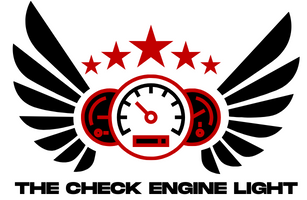


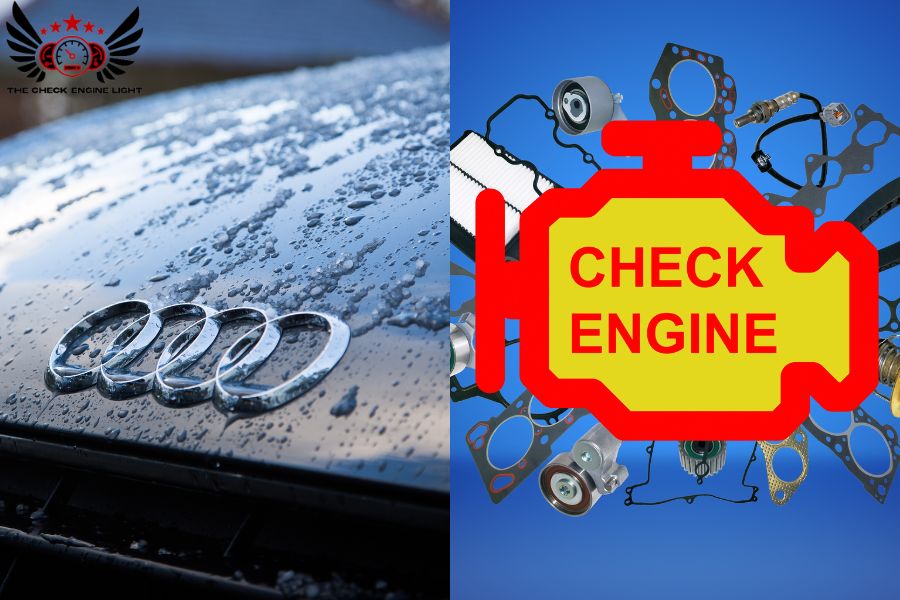
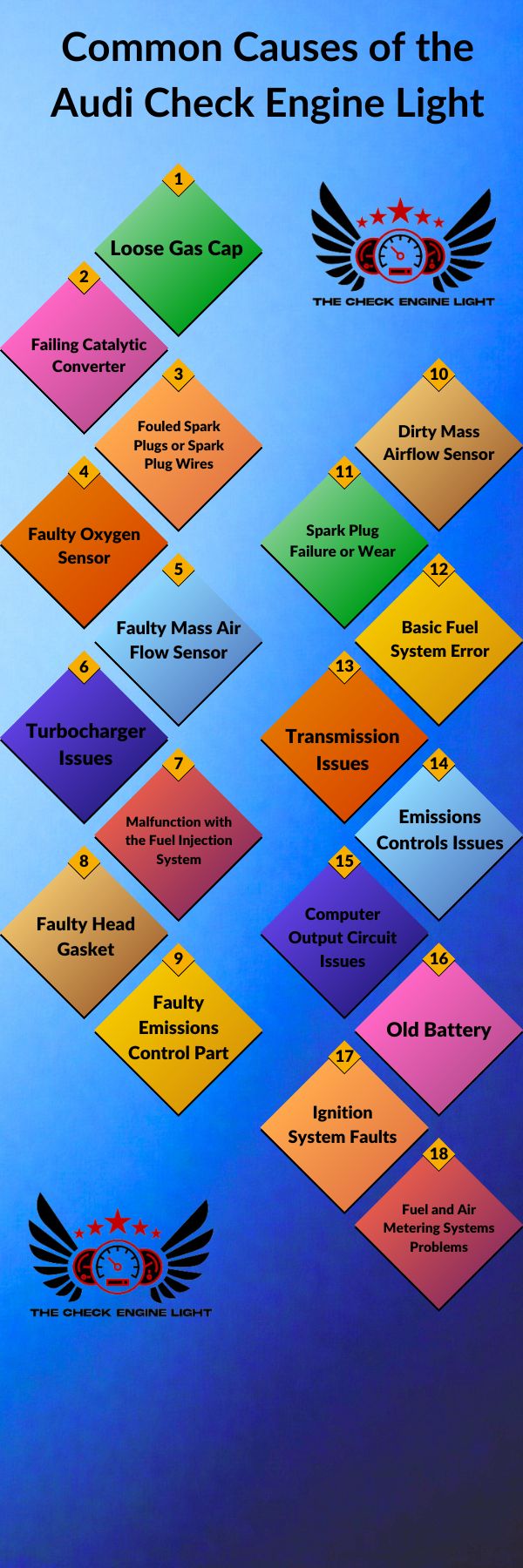
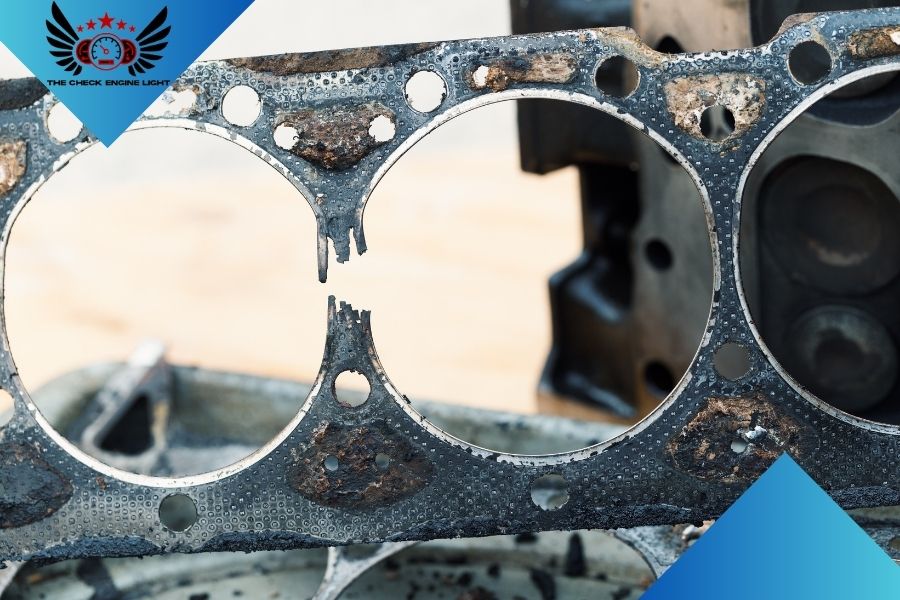
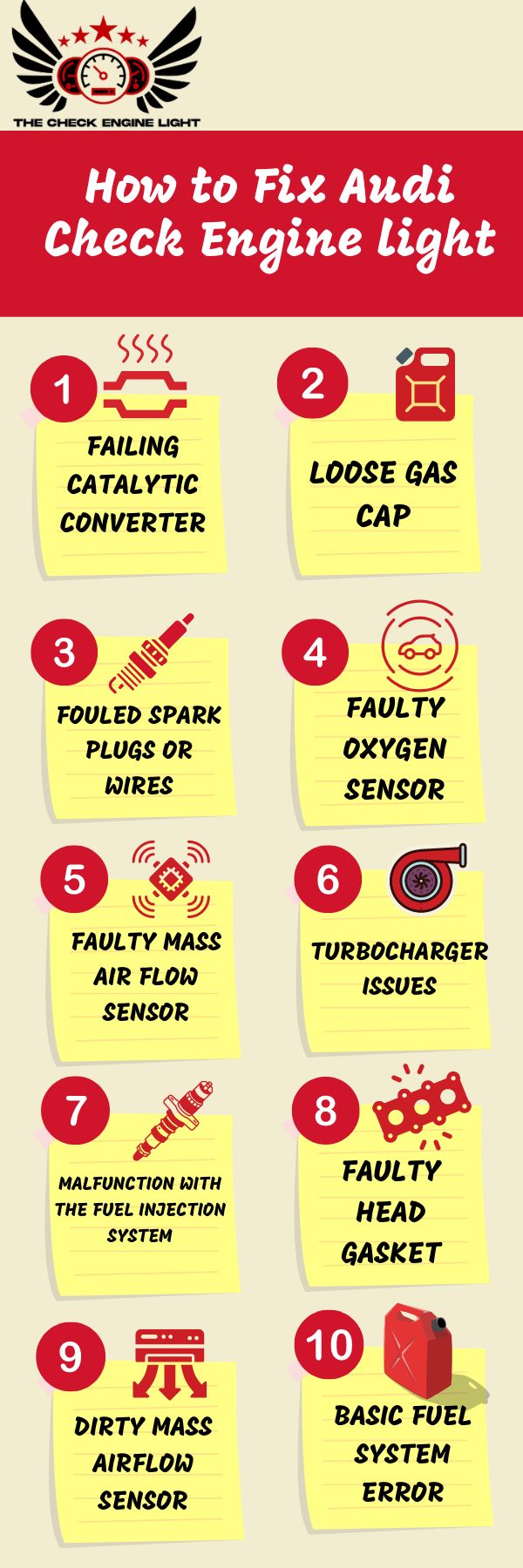
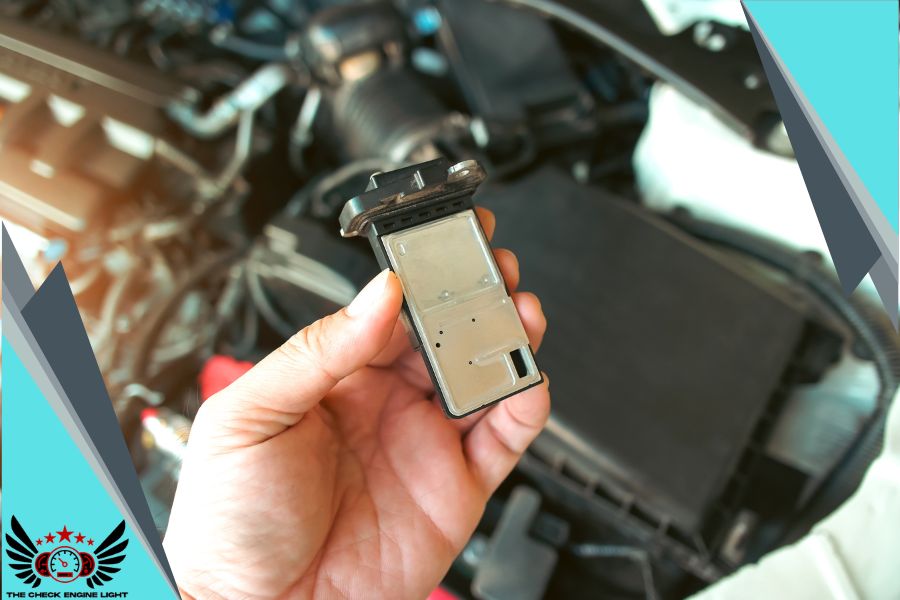
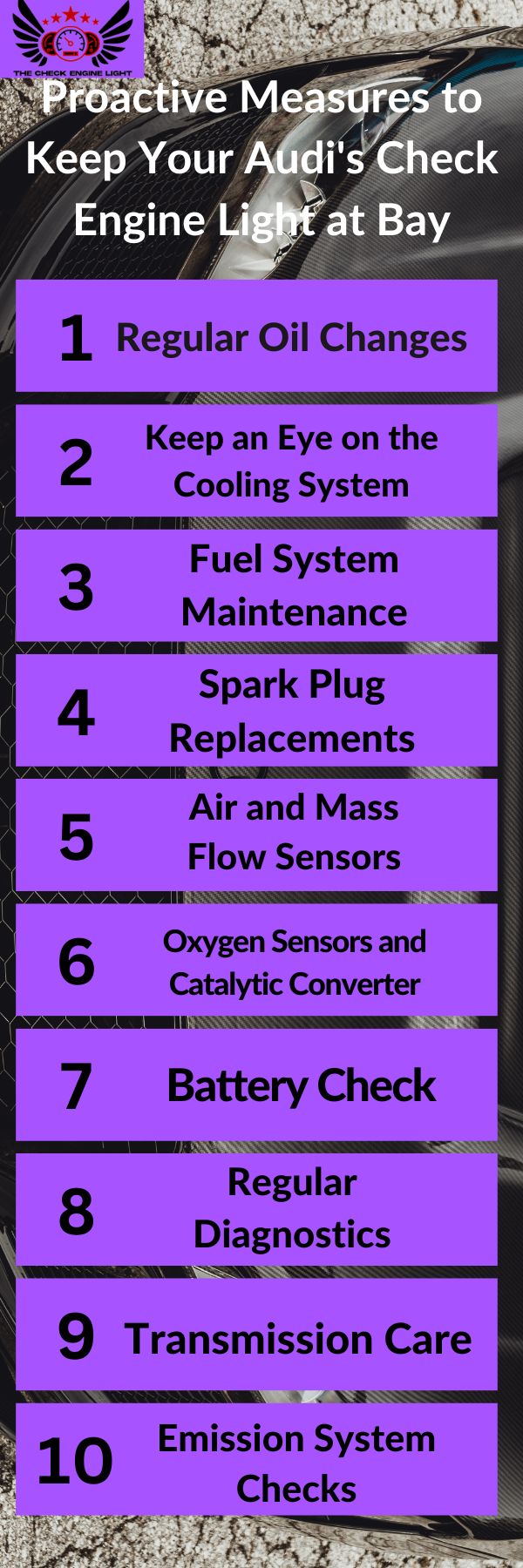
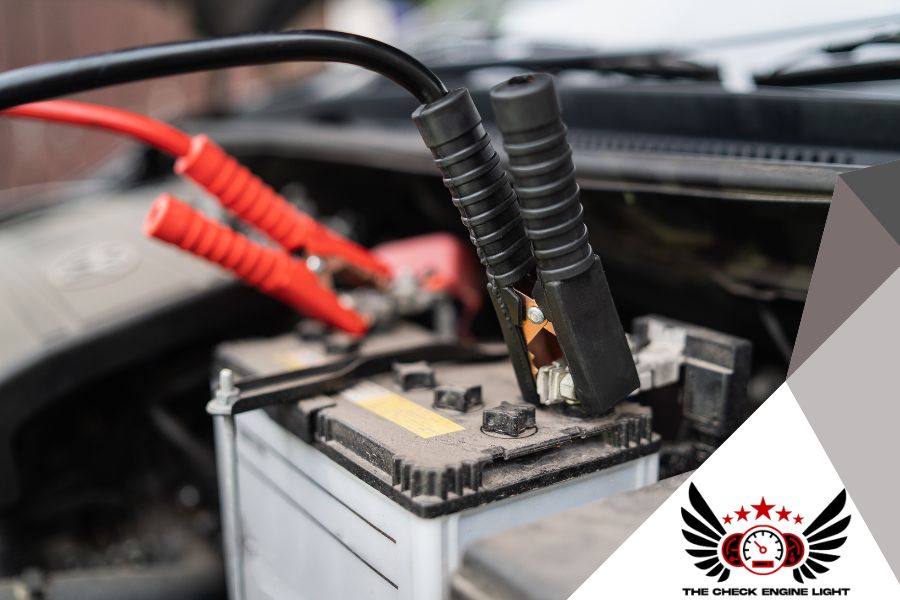
![an pic for Code p0420 Check Engine Light Fully Explained [2024]](https://thecheckenginelight.com/wp-content/uploads/2024/02/Code-p0420-Check-Engine-Light-Fully-Explained-2024-364x225.jpg)

![an featured image about Check Engine Light Jeep Grand Cherokee: 8 Causes + Fixes [2024]](https://thecheckenginelight.com/wp-content/uploads/2024/02/Check-Engine-Light-Jeep-Grand-Cherokee-8-Causes-Fixes-2024-364x225.jpg)